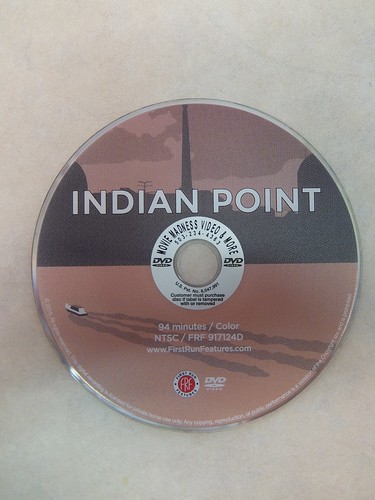The Indian Point reactor issue is really heating up again in the wake of the Fukushima disaster, still unfolding. Do the good folks in Iran have evacuation plans also? I'm as interested in plants outside North America, when it comes to making the planet unlivable for some, if not all. The US has no realistic evacuation plans in many cases.
There's a lot of reducing to soap opera, where the NRC is concerned (NRC = Nuclear Regulatory Commission). The opening says we're going to need a lot of energy, but little analysis is shared regarding how exactly closing these plants would affect the price and supply of electrical power. Saying "the price would go up" isn't saying much.
In other words, as viewers, we're not privy to the relevant computations measuring risk versus loss versus benefits. Would thousands die in the cold of winter owing to lack of heat? What is the load of space heaters, AC powered? Where is the SimCity for policy-minded adults? Not available? I didn't think so. Who has the mandate to develop such a thing? Not the NRC.
The relicensing system is designed to encourage the power plants to keep running. The public, for its part, is lectured it has no reasonable alternatives. Is that true? Who knows. We're too busy with soap operas and witch hunts to really do much serious engineering. WDC is about politics, not science, but we knew that.
The filmmakers have really good access, to people and to internals. The nuclear industry says it's on the side of reducing greenhouse gases. Solar, wind, hydroelectric and nuclear all go together as contributing less to global warming than combustion. What about new designs and why do we never discuss nuclear submarines?
The conversation in the mass media is too dumbed down to really mean much. Documentaries such as this one certainly help. We need to go a lot deeper, since as a species we seem committed to this technology, at all costs. The backup of spent toxic fuels around the country is considerable. The plan to dispose of same is somewhat broken. Remember the kitty litter.
The point that these plants were conceived of sixty years ago, and so are far from state of the art, or what the state of the art could be, is more shareable around Oregon, at OSU in particular. People on that campus freely explore the idea of closing all the plants we have now, without saying no to better designs in the future, when greater intelligence is available.

